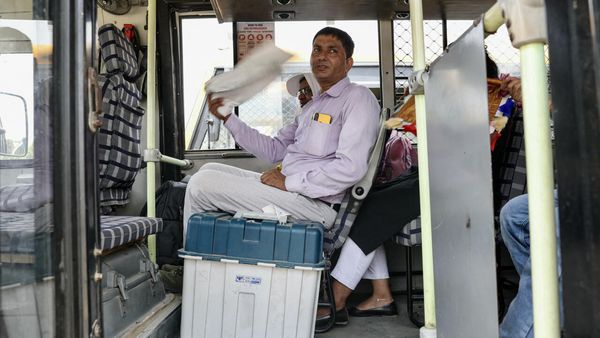The effective maintenance of electrical infrastructure could have prevented the electrocution of Soundharya, the 23-year-old woman, and her baby who died near Hope Farm junction on November 19, the investigation report from the Electrical Inspectorate revealed.
The investigation report, prepared by the Deputy Chief Electrical Inspector, Bengaluru East, was submitted to the Additional Chief Secretary, Energy Department on December 1, while a copy was also sent to the Karnataka Electricity Regulatory Commission (KERC) and Managing Director of the Bangalore Electricity Supply Company (Bescom), among others.
Soundharya and her daughter died after they had stepped on a snapped live conductor installed by Bescom.
The series of events on the day of electrocution was triggered by a short circuit that occurred at a Load Break Switch (LBS) located in an apartment complex near the accident site due to a rat gnawing its way inside.
According to a copy of the investigation report obtained by The Hindu, at the time of investigation, it was found that the vermin proofing of the LBS which was required to keep away rodents, was absent near the entry and exit points of the LBS.
It was also observed by the officials that plastic drums had also been placed just a metre beyond the transformer yard in the complex for garbage collection. The report mentions that when the officials visited the place the day after the accident, vermin proofing had been completed, and the area had been cleaned.
“If the old and dilapidated wires were identified beforehand and were maintained in good condition, and if the LBS was properly maintained and vermin proofed, and if earth guarding was installed above the concerned 11 KV overhead bare conductor, then based on the findings of the investigation, the accident could have been avoided,” the report says.
It has also specified that several regulations of the Central Electrical Authority (Measures Relating to Safety and Electric Supply) Regulation - 2023 Regulation have been violated in the case.
High Impedance Fault
The conductor, which snapped and caused the electrocution, withheld the charge (after it was charged at 3.55 a.m.) and did not trip as the 11 KV feeder could not find the least resistance path and hence earth fault current did not pass through it. This was identified by the officials as a High Impedance Fault, which occurs on a distribution network when an energised overhead conductor touches poor conduction surfaces like tree branches, concrete, asphalt among others.
“As the conductor fell on the cement block, there was no earthing relay. That is why, to prevent such accidents in the future, we have recommended adopting High Impedance Fault Protection Systems, which have so far not been adopted by any Discoms/power utilities in India completely, after checking its commercial viability,” said a senior official from the Electrical Inspectorate.
The report has also recommended that along with the conversion of old and poor-quality conductors into Aerial Bunched Cables (ABC) and Underground Cables (UG), vermin proofing of meter cubicles, LBS, RMU, and intermediate OD should be taken up by the Energy Department. It has also said that earthguarding should be installed to avoid accidents caused by snapped overhead conductors.







